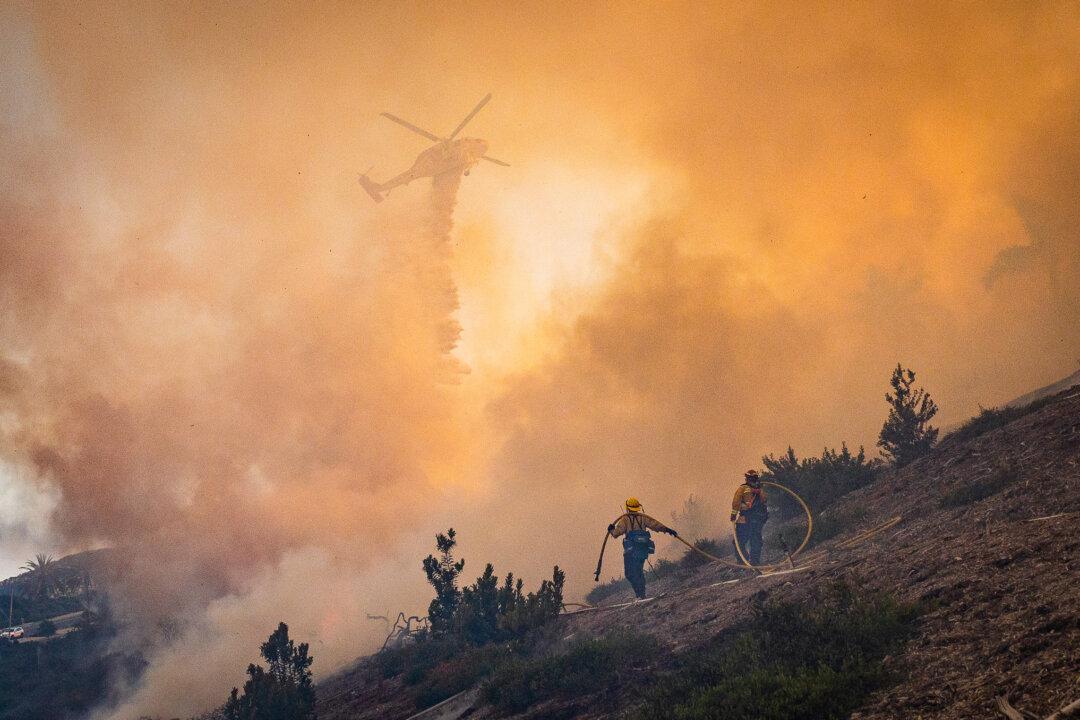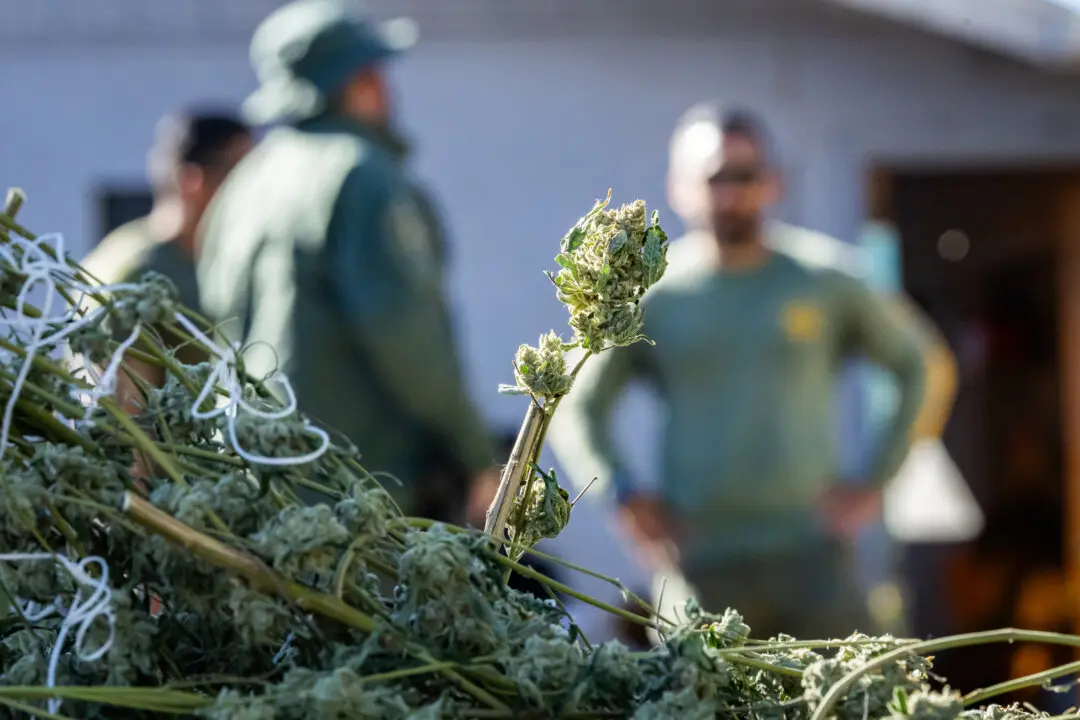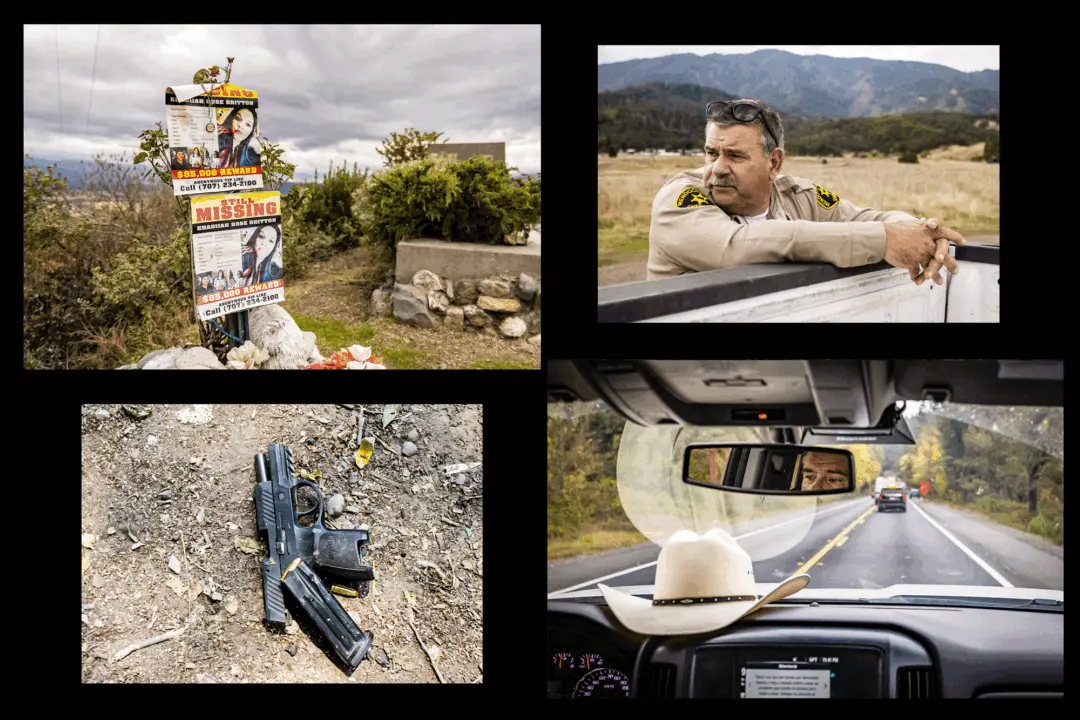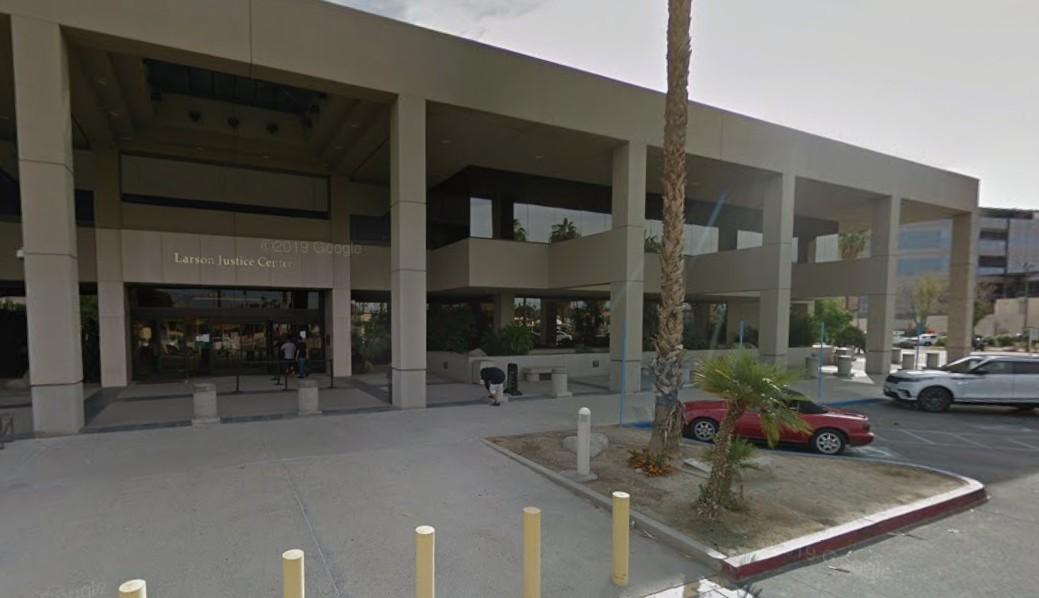SISKIYOU COUNTY, Calif.—The removal of four dams and the loss of three reservoirs on the Klamath River, which flows through Oregon and Northern California, have increased wildfire risks, some local residents say.
But while firefighting plans have changed to account for the absence of the Copco and Iron Gate lakes and the John C. Boyle dam reservoirs, the California Department of Forestry and Fire Protection (Cal Fire) says that won’t hamper firefighting efforts in the region.





